Table of content
- Ripe vs. Unripe Jackfruit
- Visual and Olfactory Cues
- Size and Weight
- Gather Your Tools
- Cutting the Fruit
- Extracting the Bulbs
- Handling the Sap
- Raw Consumption
- Cooked Applications
- Jackfruit Seeds: Don’t Discard Them!
- Digestive Health
- Immune Support
- Blood Sugar Management
- Energy and Muscle Function
- Jackfruit Smoothie Bowl
- Spicy Jackfruit Salad
- Jackfruit Tacos with Mango Salsa
- Vegan Jackfruit “Crab” Cakes
- Fresh Storage
- Freezing
- Dehydrating
Jackfruit, often hailed as the “king of fruits,” is a tropical marvel renowned for its unique flavor, versatility, and impressive nutritional profile. Native to South and Southeast Asia, this colossal fruit can weigh up to 80 pounds and boasts a spiky, green exterior that hides a treasure trove of edible bulbs and seeds. While jackfruit has gained global popularity as a meat substitute due to its texture, many are still discovering the joy of consuming it in its natural form. This article delves into the best practices for selecting, preparing, and savoring jackfruit, ensuring you unlock its full culinary potential while reaping its health benefits.

Understanding Jackfruit: A Brief Overview
Before diving into preparation methods, it’s essential to appreciate what makes jackfruit special. The fruit belongs to the Moraceae family, which also includes figs and mulberries. It thrives in humid, tropical climates and is celebrated for its adaptability—ripe jackfruit is sweet and fruity, while unripe (young) jackfruit has a neutral taste, making it ideal for savory dishes.
Nutritionally, jackfruit is a powerhouse. A cup of raw slices provides:
- 157 calories
- 3 grams of protein
- 5 grams of fiber
- 28% of the Daily Value (DV) for vitamin C
- 18% of the DV for vitamin A
- Significant amounts of potassium, magnesium, and antioxidants.
Its low glycemic index and high fiber content also make it a diabetic-friendly option.
Selecting the Perfect Jackfruit
The journey to enjoying jackfruit begins at the market. Choosing the right fruit is critical, as ripeness dictates its culinary use.
Ripe vs. Unripe Jackfruit
- Ripe Jackfruit: Intended for direct consumption, ripe jackfruit has a golden-yellow flesh, a strong, sweet aroma, and a soft texture. The spines on the rind will be slightly brown and yield to gentle pressure.
- Unripe (Young) Jackfruit: Best for cooking, this variety has a firm, pale yellow or white flesh with a mild flavor. The rind is bright green, and the spines are stiff.
Visual and Olfactory Cues
- Color: A ripe fruit transitions from green to yellowish-brown. Avoid fruits with black spots, which may indicate overripeness.
- Smell: A mature jackfruit emits a subtle, fruity scent. Overly pungent odors suggest fermentation.
- Sound: Tap the fruit gently; a hollow sound indicates ripeness.
Size and Weight
Larger fruits yield more flesh, but smaller ones may be easier to handle. Always opt for heavy specimens, as they indicate juiciness.
Preparing Jackfruit: Safety and Techniques
Jackfruit preparation can be intimidating due to its latex-rich sap, which is sticky and challenging to remove. Follow these steps for a hassle-free experience.
Gather Your Tools
- A sturdy knife
- Cooking oil (to coat the knife and hands, preventing sap adhesion)
- Newspaper or plastic sheets (to protect surfaces)
- Gloves (optional but recommended)
- A large bowl for scraps
Cutting the Fruit
- Step 1: Lay the jackfruit on its side. Slice off the stem end to create a stable base.
- Step 2: Apply oil to the knife blade and your hands. This reduces sap stickiness.
- Step 3: Cut the fruit lengthwise into halves or quarters. Work slowly to avoid slippage.
- Step 4: Remove the central core (the fibrous, inedible part) using a spoon or knife.
Extracting the Bulbs
- Step 1: Separate the fleshy pods (bulbs) from the rind. Each bulb contains a seed.
- Step 2: Twist or slice the bulbs away from the rind. Discard the rind and core.
- Step 3: For ripe jackfruit, enjoy the bulbs raw. For unripe, proceed to cooking.
Handling the Sap
If sap sticks to your skin, rub it with cooking oil or use a mixture of dish soap and salt to scrub it off.
How to Eat Jackfruit: Raw and Cooked Methods
Jackfruit’s versatility shines in both its raw and cooked forms. Here’s how to savor it in every possible way.
Raw Consumption
Ripe jackfruit is a delightful snack. Here’s how to enjoy it:
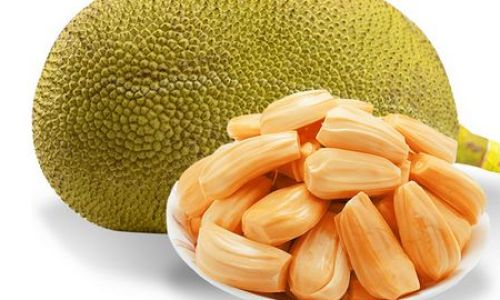
- Fresh Slices: Peel the bulbs, remove the seeds, and slice the flesh into bite-sized pieces. The texture is similar to mango or pineapple, with a blend of sweetness and tropical aroma.
- Frozen Treats: Freeze ripe bulbs for a refreshing, ice-cream-like texture. Blend with coconut milk for a dairy-free sorbet.
Cooked Applications
Unripe jackfruit’s meaty texture makes it a star in savory dishes:
- Curries and Stews: Simmer young jackfruit in coconut milk with spices like turmeric, cumin, and coriander. It absorbs flavors beautifully.
- Stir-Fries: Sauté with vegetables, soy sauce, and garlic for a vegan stir-fry.
- Tacos: Shred cooked jackfruit and season with chili powder, paprika, and lime for a plant-based taco filling.
- BBQ Pulled “Pork”: Marinate shredded jackfruit in barbecue sauce, then bake or grill until caramelized.
Jackfruit Seeds: Don’t Discard Them!
The seeds are edible and nutrient-rich. Here’s how to prepare them:
- Boiling: Simmer seeds in salted water for 20–30 minutes. Peel and eat like chestnuts.
- Roasting: Toss boiled seeds with oil and spices, then roast until crispy.
- Grinding: Dry and grind seeds into gluten-free flour for baking.
Nutritional Benefits and Health Perks
Jackfruit isn’t just delicious—it’s a boon for your well-being.
Digestive Health
The high fiber content promotes regular bowel movements and feeds beneficial gut bacteria.
Immune Support
Vitamin C and antioxidants combat oxidative stress, reducing inflammation and boosting immunity.
Blood Sugar Management
Despite its sweetness, jackfruit has a moderate glycemic index. Fiber slows sugar absorption, preventing spikes.
Energy and Muscle Function
Potassium and magnesium support nerve and muscle health, while protein aids tissue repair.
Potential Risks and Precautions
While jackfruit is generally safe, consider these factors:
- Allergies: Individuals allergic to birch pollen may experience cross-reactivity.
- Medication Interactions: Jackfruit’s potassium content may interact with beta-blockers. Consult a healthcare provider if concerned.
- Digestive Sensitivity: Overconsumption may cause bloating due to fiber intake.
Creative Jackfruit Recipes to Try
Elevate your jackfruit game with these innovative dishes.
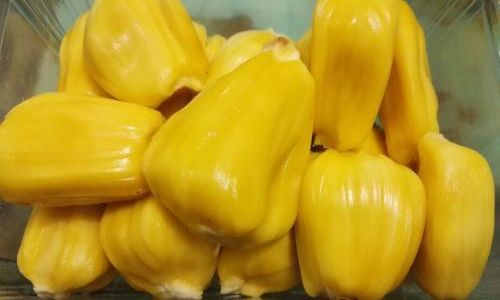
Jackfruit Smoothie Bowl
Blend frozen ripe jackfruit with coconut water, banana, and spinach. Top with granola and chia seeds.
Spicy Jackfruit Salad
Toss shredded young jackfruit with lime juice, cilantro, red onion, and jalapeño. Serve over greens.
Jackfruit Tacos with Mango Salsa
Fill tortillas with BBQ jackfruit, topped with diced mango, red pepper, and cilantro.
Vegan Jackfruit “Crab” Cakes
Mix shredded jackfruit with breadcrumbs, Old Bay seasoning, and vegan mayo. Pan-fry until golden.
Storing Jackfruit for Longevity
Proper storage ensures you enjoy jackfruit for days.
Fresh Storage
- Ripe Jackfruit: Keep in an airtight container in the fridge for 3–5 days.
- Unripe Jackfruit: Store at room temperature until ripe, then refrigerate.
Freezing
- Raw: Freeze ripe bulbs in a single layer, then transfer to a freezer-safe bag for up to 6 months.
- Cooked: Portion cooked jackfruit into freezer bags and thaw as needed.
Dehydrating
Slice ripe jackfruit into strips and dehydrate at 135°F (57°C) for 8–10 hours for chewy fruit leather.
Conclusion: Embrace the Jackfruit Revolution
Jackfruit is more than a culinary trend—it’s a testament to nature’s ability to nourish and delight. Whether you’re a vegan seeking meat alternatives, a health enthusiast, or a foodie craving adventure, this tropical giant offers endless possibilities. By mastering selection, preparation, and creative cooking techniques, you’ll discover why jackfruit deserves a permanent spot in your kitchen. So, grab a knife, coat it in oil, and embark on a flavorful journey with the king of fruits. Your taste buds—and your body—will thank you.
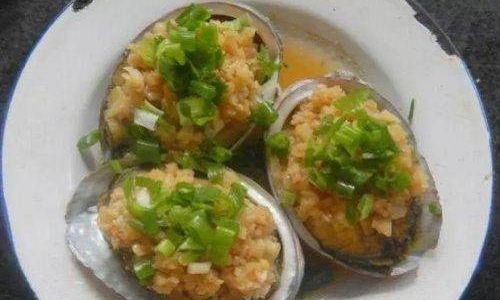
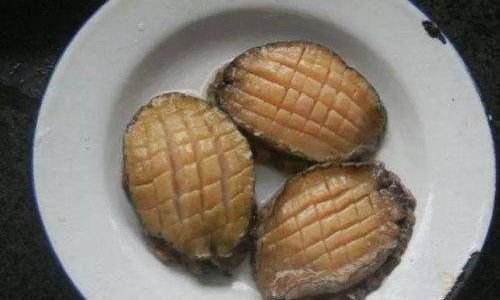
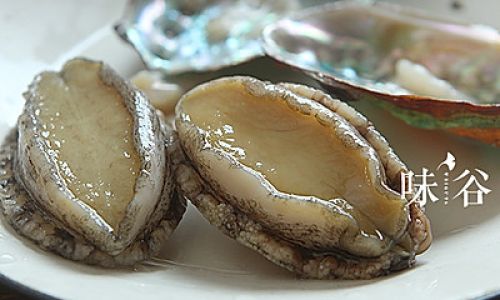
0 comments